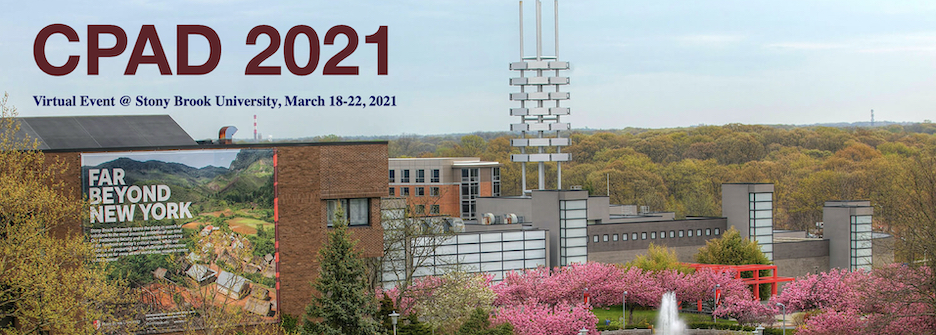Speaker
Description
Several support structures for CMS Phase II Tracker upgrades, namely the IT support tube and the IT service cylinder, have been through their first iterations of prototyping at Purdue University’s Composites Manufacturing and Simulation Center (CMSC) and Purdue Silicon Detector Lab (PSDL). The mass, stiffness, and dimensional tolerance were the primary design objectives. In order to meet the extreme mechanical performance and dimensional stability requirements, a stiff yet lightweight carbon fiber composite structure has been designed via performance and manufacturing simulations, manufactured as a prototype, and validated. Several layups and configurations of structural stiffeners were investigated to minimize the deflection of the service cylinder within the permissible design envelope. Design iterations and simulation results demonstrate the diminishing returns of increased mass vs structural rigidity under the defined load cases that include the weight of the detectors and services. The importance of performing tool shape compensation to account for anisotropic material coefficients of thermal expansion and their effect on part geometry during and after manufacturing is explored and implemented. Validation exercises with digital image correlation (DIC) fiducial marker tracking emphasize the importance of designing simple, yet meaningful, test load cases that allow validation of FEA methodology. Good agreement was found between the simulation and the experiment. With FEA methodology and boundary conditions validated for simplified load cases, more accurate load case simulations may be trusted for continuing design work until an assembled prototype allows for “full-scale” validation. Lessons learned during design, simulation, manufacturing, and validation are presented with a set of next steps to improve upon each for the creation of a successful service cylinder and IT support tube that meets final application requirements.
